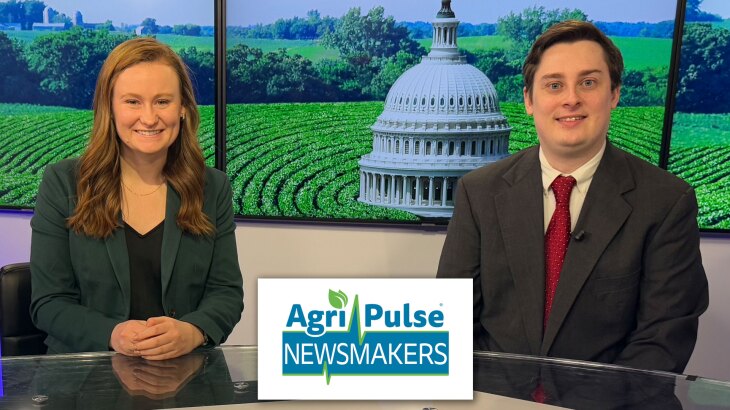According to U.S. Dept. of Agriculture (USDA) Secretary Tom Vilsack, all dairy cattle will require testing for High-Path Avian Flu (HPAI) H5N1, or Influenza ‘A,’ before interstate travel starting Monday, April 29.
The USDA is alerting producers that they will cover the testing costs, which must be done at registered testing facilities. If there is a positive case, Agriculture Sec. Tom Vilsack says it must be reported to the USDA and tracing must be done. No positive cattle may move.
So far, in addition to outbreaks in commercial poultry, HPAI H5N1 cases in dairy cattle have been observed in eight U.S. states.
The USDA has compiled extensive resources from veterinary virologists with HPAI-related recommendations for livestock owners, specific to cattle and poultry as well as horses, other types of farm animals, wildlife, and humans that may come into contact with infected animals. These resources also detail biosecurity measures like protecting food sources from wildlife and reducing access to water sources, barns, and other structures that house livestock.
In addition to covering the cost of HPAI H5N1 testing, the USDA also offers farm loans to help producers cover the cost of implementing more advanced biosecurity measures.
For a breakdown of the USDA’s new requirements for the dairy industry, click the following link to read the full Federal Order:
Federal Order Requiring Testing for and Reporting of Highly Pathogenic Avian Influenza in Livestock.
This is a developing story. Stay with RFD-TV News for updates.




















